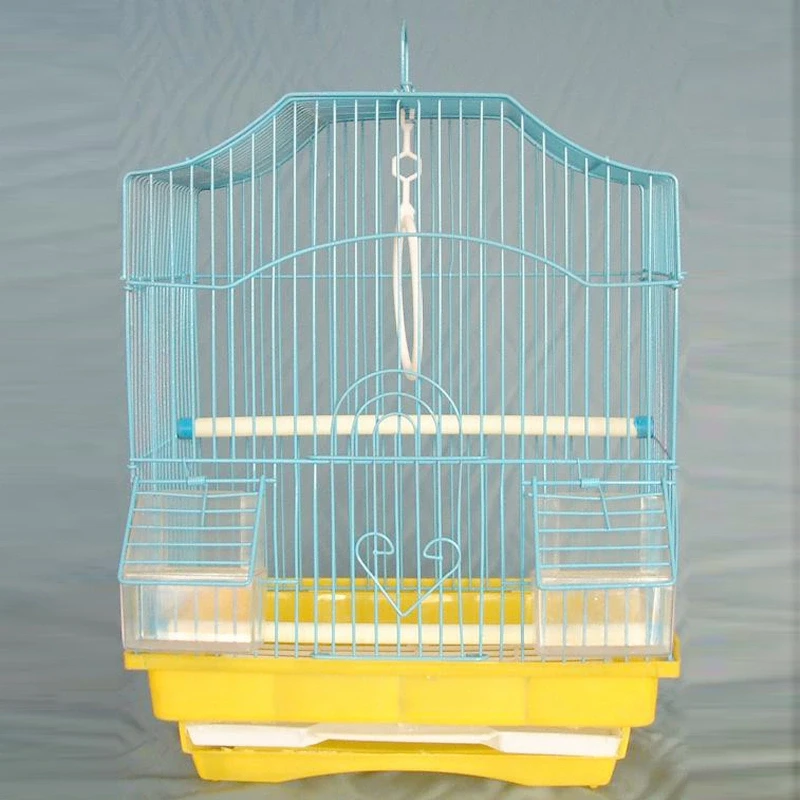Different Types of Construction Nails
Construction nails are an essential component in the building and carpentry industries, serving as fasteners that hold various materials together
. Understanding the different types of construction nails and their specific applications can significantly enhance the quality of a project, ensuring durability and structural integrity.1. Common Nails These are the most widely used type of nails in construction, characterized by their flat heads and thick shanks. Common nails are perfect for framing, sheathing, and general construction tasks. They generally come in various lengths and diameters, making them versatile for different projects.
2. Finishing Nails As the name suggests, finishing nails are used where aesthetics are a priority. They have smaller heads and can be driven deeper into the surface, allowing for the use of wood filler to conceal them. These nails are commonly used in woodworking projects such as molding, trim work, and cabinetry.
3. Brad Nails Brad nails are even smaller than finishing nails and are typically used with a brad nailer. They are ideal for lightweight applications, including trim and craft projects, where a small hole is desired to minimize surface damage.
different types of construction nails

4. Box Nails These have a thinner shank than common nails, which makes them less likely to split wood when driven in. They are particularly suited for attaching thin materials, such as box constructions and light framing.
5. Roofing Nails Designed specifically for roofing, these nails have a larger head to hold down shingles securely. They often come with a galvanized finish to resist rusting and corrosion, crucial for outdoor applications.
6. Masonry Nails Made from hardened steel, masonry nails are used to fasten wood to masonry surfaces like concrete or brick. These nails have a sharper point and are designed to withstand the harder materials.
7. Screw Nails Combining the features of screws and nails, screw nails provide enhanced holding power and are generally used in areas that experience high loads or stresses. They can be driven like nails but provide the grip of a screw.
In conclusion, selecting the right type of construction nail is crucial for the success of any project. Whether it’s framing, finishing, or roofing, using the appropriate nail can significantly affect the strength and appearance of the construction. Always consider the materials being used, the desired finish, and the project requirements when choosing nails to ensure a durable and aesthetically pleasing result.

















